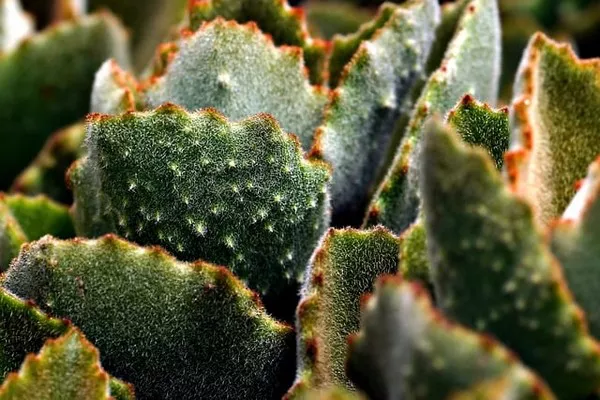Succulent plants are renowned for their unique and fascinating adaptations to arid environments. One of the most distinctive features of these hardy plants is their specialized leaves. In this informative exploration, we delve into the world of succulent leaves, uncovering their remarkable anatomy, purpose, and the role they play in the survival and allure of these captivating botanical wonders.
1. Nature’s Water Vaults: Water-Storing Leaves
Succulent leaves are nature’s ingenious solution to water conservation. These leaves are specially designed to store water, enabling succulents to thrive in dry and challenging climates. The leaves of succulent plants are typically thick and fleshy, allowing them to retain and store large quantities of water for extended periods. This adaptation ensures that succulents can endure prolonged periods of drought without compromising their health.
2. Adapted for Efficiency: Leaf Anatomy
The anatomy of succulent leaves is finely tuned for water storage and retention. The epidermal layers of these leaves often feature specialized cells known as “water storage parenchyma.” These cells are capable of expanding and contracting as they absorb and release water. Additionally, the cuticle—the waxy outer layer of the leaf—acts as a barrier, minimizing water loss through evaporation.
3. A Palette of Shapes and Textures: Leaf Diversity
Succulent leaves exhibit an astonishing variety of shapes, sizes, and textures. From the paddle-like leaves of the Jade Plant (Crassula ovata) to the cylindrical leaves of the Snake Plant (Sansevieria), each species has evolved a unique leaf morphology suited to its specific habitat and water availability. The diverse array of leaf forms adds to the visual allure of succulent plants, making them a favorite among collectors and enthusiasts.
4. Beyond Water Storage: Additional Functions
While water storage is a primary function of succulent leaves, they serve other essential roles as well. Many succulent leaves have adapted to minimize the surface area exposed to direct sunlight, reducing water loss through transpiration. Some leaves also contain specialized structures called “hydathodes,” which release excess water through tiny pores to prevent overhydration and maintain optimal moisture levels.
5. Propagation Marvels: Leaf Propagation
Succulent leaves have a remarkable ability to propagate new plants. Many species can be propagated by carefully removing healthy leaves and allowing them to form roots and new shoots. This method of propagation takes advantage of the water-storing capabilities of succulent leaves, enabling them to establish themselves and develop into independent plants.
6. Aesthetic Delights: Beauty in Diversity
Beyond their functional attributes, succulent leaves contribute to the aesthetic appeal of these plants. The striking colors, intricate patterns, and varying textures of succulent leaves add visual interest to gardens, indoor spaces, and landscaping projects. The interplay of light and shadow on the contours of succulent leaves creates a captivating visual experience that captivates the eye and ignites the imagination.
7. Guardians of Resilience: A Living Masterpiece
Succulent leaves are the guardians of resilience, embodying nature’s ingenuity and adaptability. Their water-storing prowess, specialized anatomy, diverse forms, and multi-faceted functions collectively contribute to the survival and allure of succulent plants. As you cultivate and care for these botanical treasures, take a moment to appreciate the intricacies of succulent leaves—a living masterpiece sculpted by the forces of evolution and the boundless creativity of the natural world.
In conclusion
Succulent leaves are the unsung heroes of plant adaptation, embodying the remarkable ability of nature to thrive under challenging conditions. By understanding the role of succulent leaves in water storage, their unique anatomy, diverse forms, additional functions, propagation potential, and aesthetic significance, you gain a deeper appreciation for the captivating world of succulent plants. These leaves, with their harmonious blend of form and function, stand as a testament to the beauty and resilience that flourish in the face of adversity.


